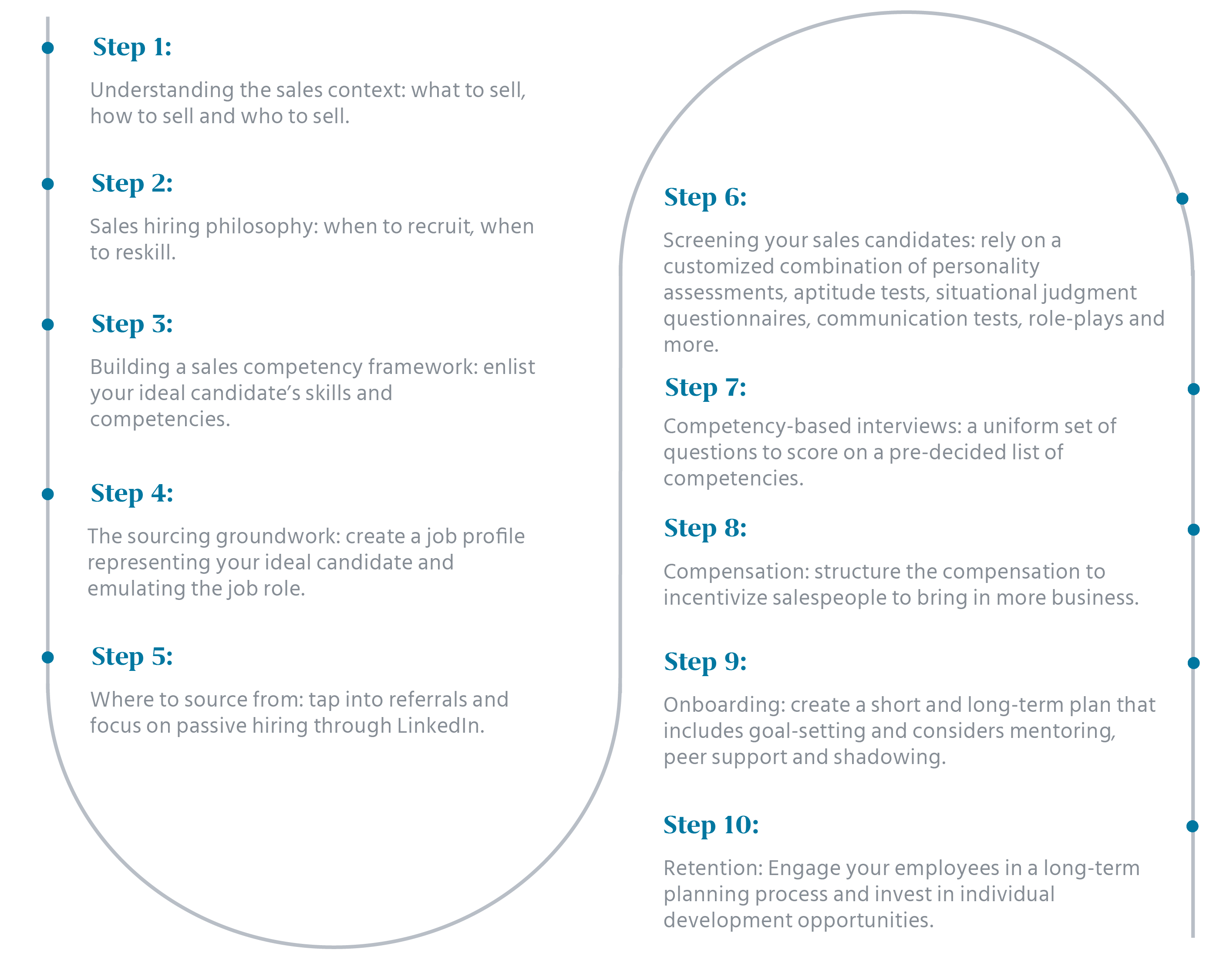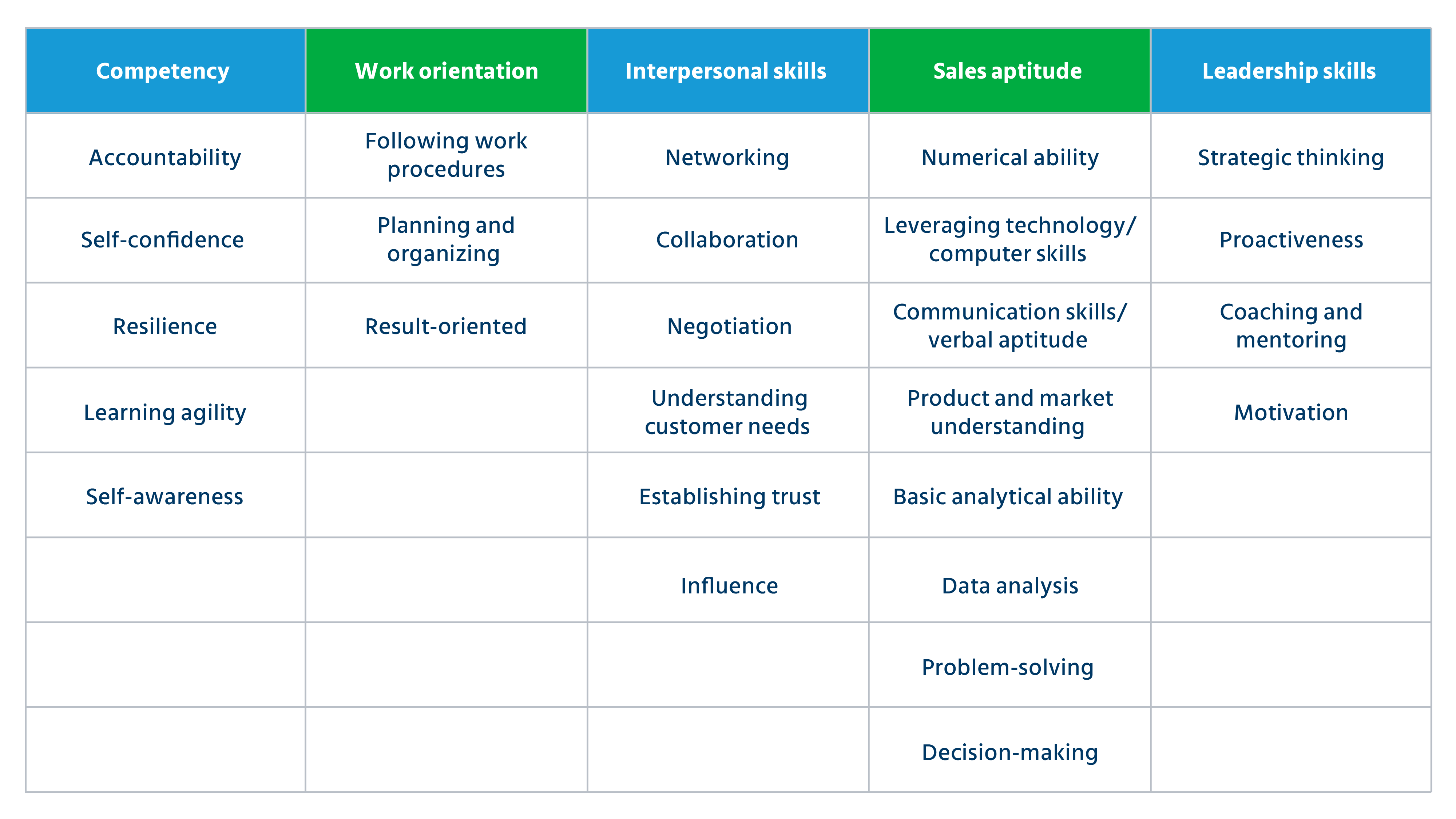Once you have a clear profile of your ideal candidate, find people on LinkedIn that match the desired profile. Reach out to them with a detailed view of your organization, product offerings, sales processes, target audiences and some of your biggest clients.
The best salespeople are not the ones looking out for a job. They already have a job they are happy with, but you need to target them.
Sourcing is about employer branding. Understand what a potential candidate is doing at his/her current organization and how you can offer better opportunities, which could include access to more prominent clients, more autonomy, better pay, etc.
Step 6: Screening for sales hiring
A foolproof sales recruitment strategy is incomplete without the right screening tools. The most important stage and what will contribute toward helping you hire top sales talent is the depth and breadth of your assessment tools. The screening stage in your sales recruitment process will ensure that you have data-backed insights that indicate top sales talent.
After you’ve carefully created a comprehensive competency framework for your sales personnel, it is time to figure out how you can assess each of those competencies and skills. Some of them can be easily gauged through the right interview questions, while others may require written assessments or more interactive exercises, such as:

Using the right screening tools can make or break your sales recruitment efforts and help you validate your potential employees. Since you already have a blanket profile for your sales team, you must assess candidates using a uniform suite of tools, ensuring that they are measured on the same parameters and can be easily compared to make better sales hiring decisions.
If you already have a list of competencies that your ideal sales representative should possess, it is better to screen early in the sale hiring funnel. If you’ve already had a telephonic call with a candidate, send him/her a short assessment to gauge his/her basic sales aptitude, such as numerical reasoning, verbal aptitude, computer skills, data analysis, etc. Such an exercise would give you a sense of his/her abilities. You can also use shorter personality tests to assess attributes, such as resilience, self-awareness, drive and motivation.
Sales is no longer limited to smooth-talking. It requires result-orientation, drive, self-discipline, determination, empathy, honesty and networking skills. Many of these skills are challenging to ascertain from a resume or even an interview. You need more immersive exercises and tools to separate the high achievers from the rest. Eventually, you want someone who can carry out the entire sales cycle while continuously bridging the gap between customer needs and business needs and evolve as the product and its market evolves.
Step 7: Competency-based interviews









 Behavioral Competencies
Behavioral Competencies Cognitive Competencies
Cognitive Competencies Coding Competencies
Coding Competencies Domain Competencies
Domain Competencies































